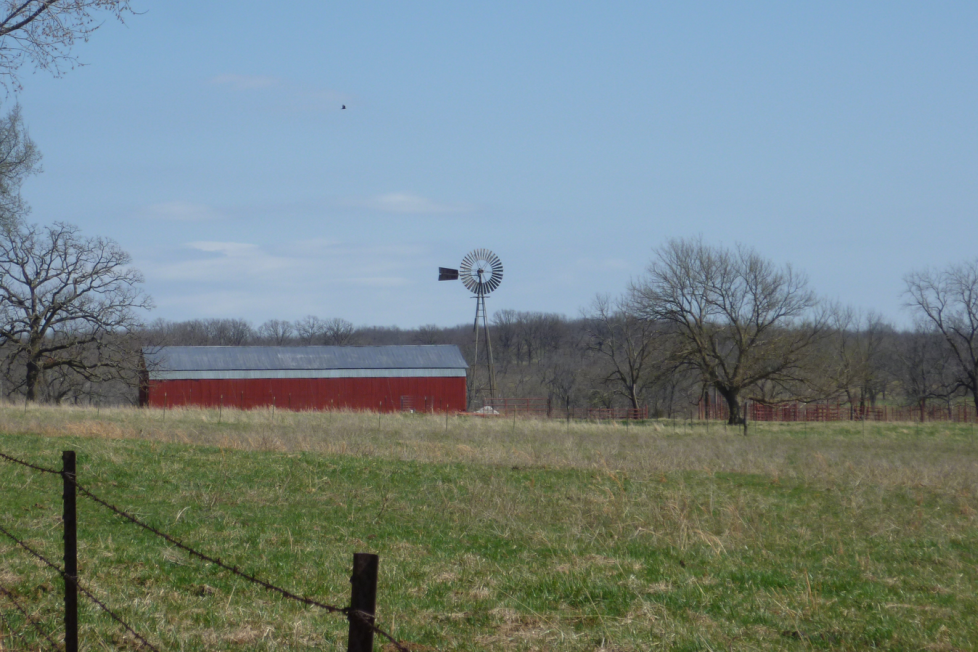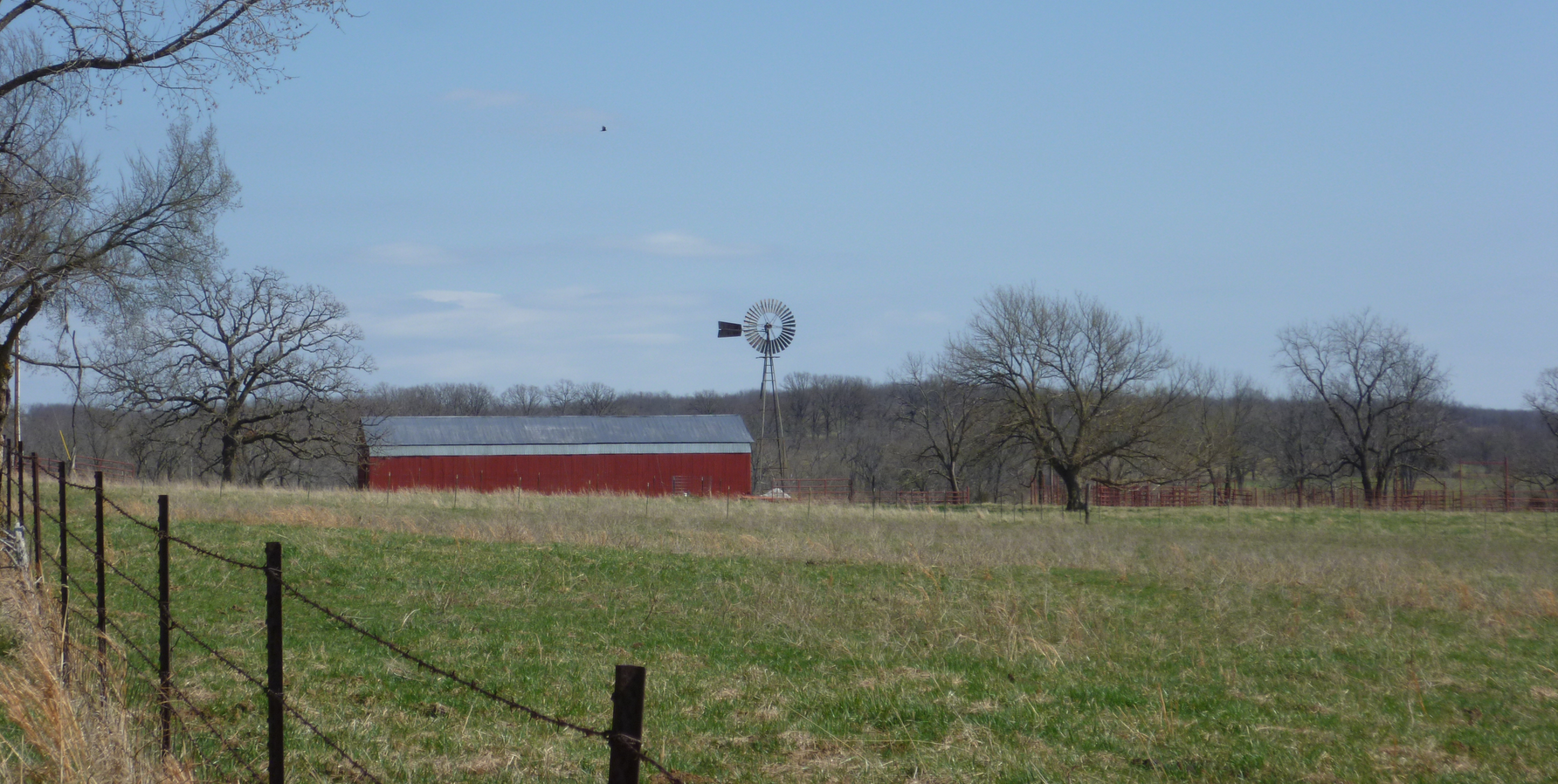Homesteading Year 3: An Honest Look at the Farm – Part 1, by SaraSue


Just when you think you’ve “arrived”, you realize you’re lost, or something like that. One step forward, three steps back. There are other ways that one might want to characterize homesteading. None of it is easy. Spring is particularly busy and I always think of selling the farm and “retiring” to a genteel life filled with laying poolside, chatting about absolutely nothing important, drinking mimosas, and dining on food that someone else raised and prepared. But, I digress…
I have written about my experiences in SurvivalBlog in 2022 and in SurvivalBlog in 2023. Now I write about where the farm is at in year 3.
Let’s see… in three years I have cycled through a lot of farm animals: chickens, guinea fowl, goats, rabbits, cows, pigs, sheep, cats, dogs, and more cows. A neighboring farmer asked me if I was going to get a Giraffe just to round things out. Ha! I’ve spent three years trying to grow a large garden… the bane of my existence. I started a side hustle of selling excess raw milk (in accordance with my State’s laws).
The good news is that the infrastructure is humming along although it was a significant amount of work and money. I no longer worry about not having enough water for the cows (new well), or the roof leaking (new roof), tornadoes ripping the old siding off the house (new siding), mice eating the animal feed (barn cats and critter proof containers), etc.
I don’t have to worry about fencing or gates anymore with a few exceptions – there’s always that fence that needs repair either because a dog went under it (or a pig), or a cow went over it. I’ve learned what animals I like to keep, and what animals don’t do well here for various reasons, the animals that I personally enjoy caring for, and the ones I despise. I’ve settled on dairy cows, guard dogs, barn cats, and chickens (if I can keep the chickens alive).
Cows: I haven’t lost a cow to disease or predators, but there was a close call with a dairy cow who went down with milk fever after calving. Milk fever is a common condition for high-producing dairy cows and is characterized by hypocalcemia after calving. The demand for calcium in the colostrum and milk production quickly outstrips the animal’s ability to produce it. The cow will stop eating, drinking, become unsteady on her feet, and if not treated, she will go down and not be able to get up. It is a death sentence if not treated quickly. She is fine now because I knew the signs, and had a vet on call who got here before my cow was too far gone.
The vet asked if I wanted to put her down and I said, “No. Throw everything you’ve got at her.” I pulled her calf close to her so she could see it, got very close to her, and begged her to hang on. They gave her calcium and dextrose shots and IVs, a mineral shot, an antibiotic shot, and shoved a hose down her throat to pump nutrition into her stomach that she would be needing after not being able to eat or drink for 24 hours. The cow was up and about the next morning, nursing her calf, and acting normal. She recovered beautifully! May the Lord bless those veterinarians.
I now know what supplies and treatments to have on hand to prevent milk fever. So far, I have trained five dairy cows to milk, and had four calves to raise, one of which had her own calf this year. One steer went to freezer camp last fall. In just under four short years, there were three generations of cows I had trained or raised here. A very satisfying feeling of accomplishment. I really love the cows.
Sheep and Pigs: I lost two sheep because one of my dogs went after them and killed them. I don’t know why one of my dogs considered the sheep a threat. He leaves all the other animals alone, even cats and chickens. I re-homed the sheep very quickly and they are thriving at their new home. I was so sick of pigs by the time the feeder pigs went to the processor, that I literally gave the breeding trio and the rest of the piglets away. The pigs busted up my field fencing, lifted gates off their hinges, and generally ran amuck until they all went to a better place. One of my cows adopted one of the pigs as her own and they were often found together out in the field taking a nap side by side. One cute moment in time. I must say though, pasture-raised pork is delicious.
Chickens: I like to say that no animal will die at my hand, but that didn’t hold true. A pack of coyotes (or perhaps coons or foxes) came in this Spring and wiped out my entire flock of chickens (for the third or fourth time) including all the roosters. There was not even a chicken bone left. And while upsetting, it wasn’t at my hand that they died. However, I took the new flock of replacement chicks out of the brooder and put them in the hen house too soon. The weather changed drastically, in late Spring, and I lost some of them because they froze. I wanted to shoot myself for being so foolish. I knew better. I was rushing, and who knew that we would have a very late frost – unheard of in the South. For the first time, my neglect affected some animals and I felt horrible.
Goats and Rabbits: I had goats and rabbits the first year and all were re-homed rather quickly. My initial mistake with the goats was thinking they would keep the pastures grazed, but they didn’t. Goats are browsers and would much rather eat all the bushes and tree leaves than keep the fields mowed. They were cute, but useless since they were wethers (castrated males). Maybe if they were milk goats, I would’ve had a different experience. In regards to the rabbits, I had two issues. It was too hot and humid for the rabbits to live comfortably here. Not only were they miserable, I didn’t have the heart to butcher them. I decided that I personally could not raise meat rabbits. I couldn’t fathom eating “bunnies”.
The only farm animals I have not tried, that I would like to try, are ducks and turkeys. I will have to solve the predator problem definitively first. The only farm animals that I currently have, and love, are the guard dogs, the barn cats, several cows and their offspring, and a new laying flock of chickens. I’m not saying I’ll never raise another couple of feeder pigs, but I will know, beyond a shadow of a doubt after failing, exactly how to contain them. For now, the freezers are full.
I’ve given up on raising meat birds after two years of raccoon and coyote attacks. As of right now, I’m using game cameras, electric fencing, a reinforced hen house, and am raising two Great Pyrenees/Anatolian Shepherd puppies for future chicken protection. Coyote hunting is legal here and I have contacted some interested local people to do some hunting for me. If I can get the predator issue under control, I will try raising meat birds again.
Regarding the lovely dairy cows – they are addicting. And therefore, I have too many of them. I had to sell several because the land could not support the number I had. I decided to share my excess milk with family, friends, and neighbors. Word got around, and well, now I have a small raw milk dairy with a good list of customers who are anxious to drink that amazing A2A2, creamy, whole, fresh milk. Many people will drive a good distance to purchase fresh milk on the farm. The money I earn pays for the couple of teenagers I hire to do farm chores, and that’s a big help.
It’s quite the responsibility to be up early, rain or shine, milking cows, managing the milk correctly, and bottling it for customers. Selling milk goes against all I have learned about OPSEC. In my state, raw milk sales via a herd share agreement are fully legal (with conditions) and supported, but I am careful to cross every t and dot every i. I am also very careful to observe who comes to the farm, by appointment only, and with a legal herd share agreement.
I conceal carry, obviously, but what I’ve found is some of the most delightful, and like-minded people who make the trek out to the farm to get milk for their families. So far, so good, anyway. I also sold farm fresh eggs until the latest flock was wiped out. Customers are becoming friends and with some I barter. They all know they must have an appointment, and they all know that it’s considered trespassing otherwise. It seems to be working out, and the minute it doesn’t, I just won’t do it any longer. I am very aware that The Powers That Be (TPTB) have a war on against small farms, fresh food, and the American way of life. For now, it’s a “side business” that can close any time I need it to.
But about all those cows…. A lot goes in to managing fine dairy cows. There is training, disease testing, breeding, medical care, feeding, calving, milking, understanding how many cows your land can support, etc. By the time I’ve gone through the entire process with a dairy cow, I become so attached to them it’s like family, and very difficult for me to sell them. Last year I put my first homegrown steer in the freezer.
I absolutely love the dairy cows more than any other animal. They give so much, as long as their environment is good for them. But, they require far more work than any other farm animal. It’s a work I enjoy though! My perfect number of homestead dairy cows is two, and if I can ever get calving staggered so that I’m always “in milk”, with a steer for the freezer, that would be great. Although… always having a cow “in milk” means no vacations or trips away from the farm. Sometimes it’s better to schedule a milking break than be “in milk” 365 days out of the year. I’m not sure which is worse, milking in the sweltering summer heat and humidity, or milking in the winter and dealing with snow and ice.
(To be continued tomorrow, in Part 2.)
